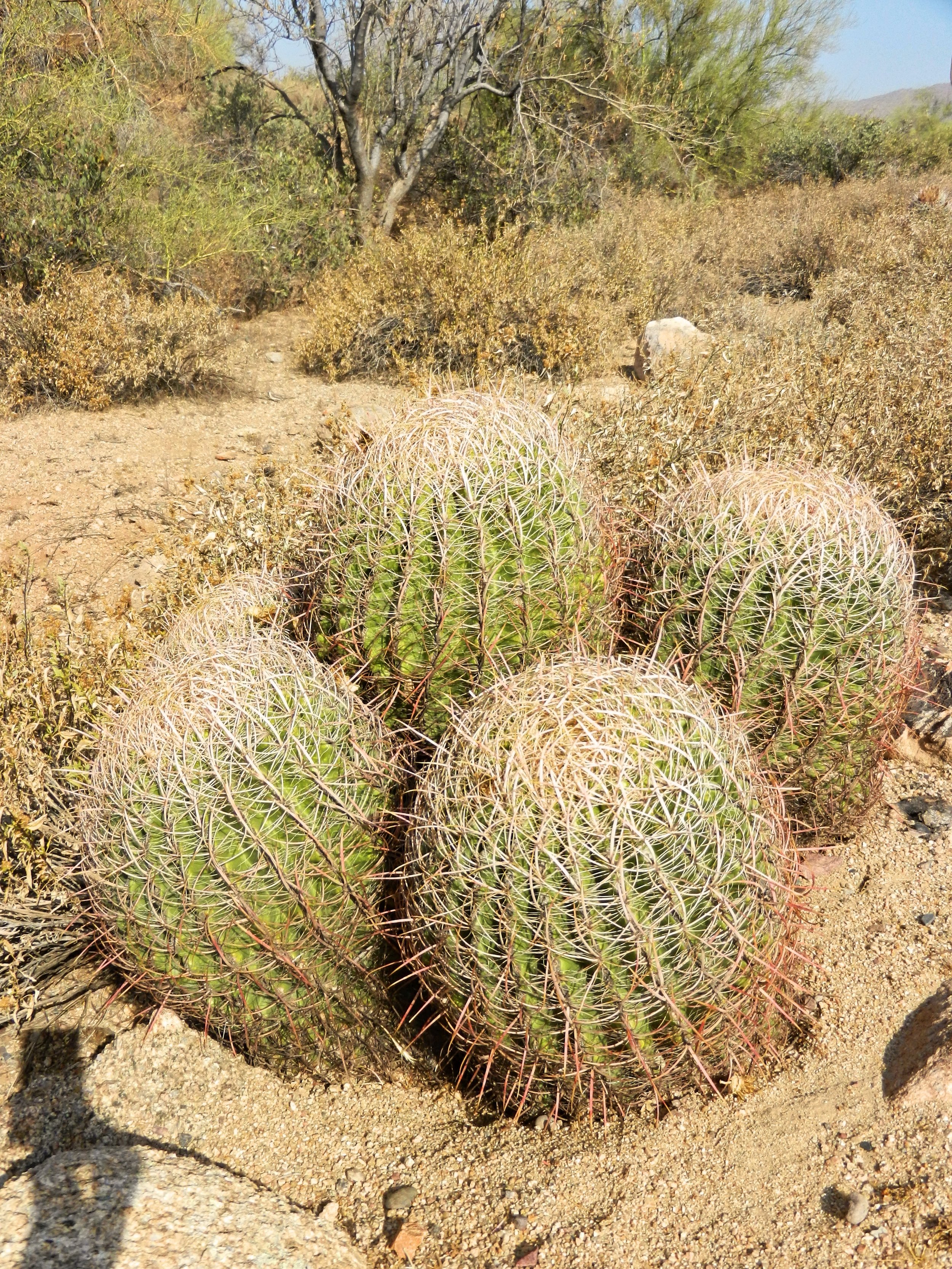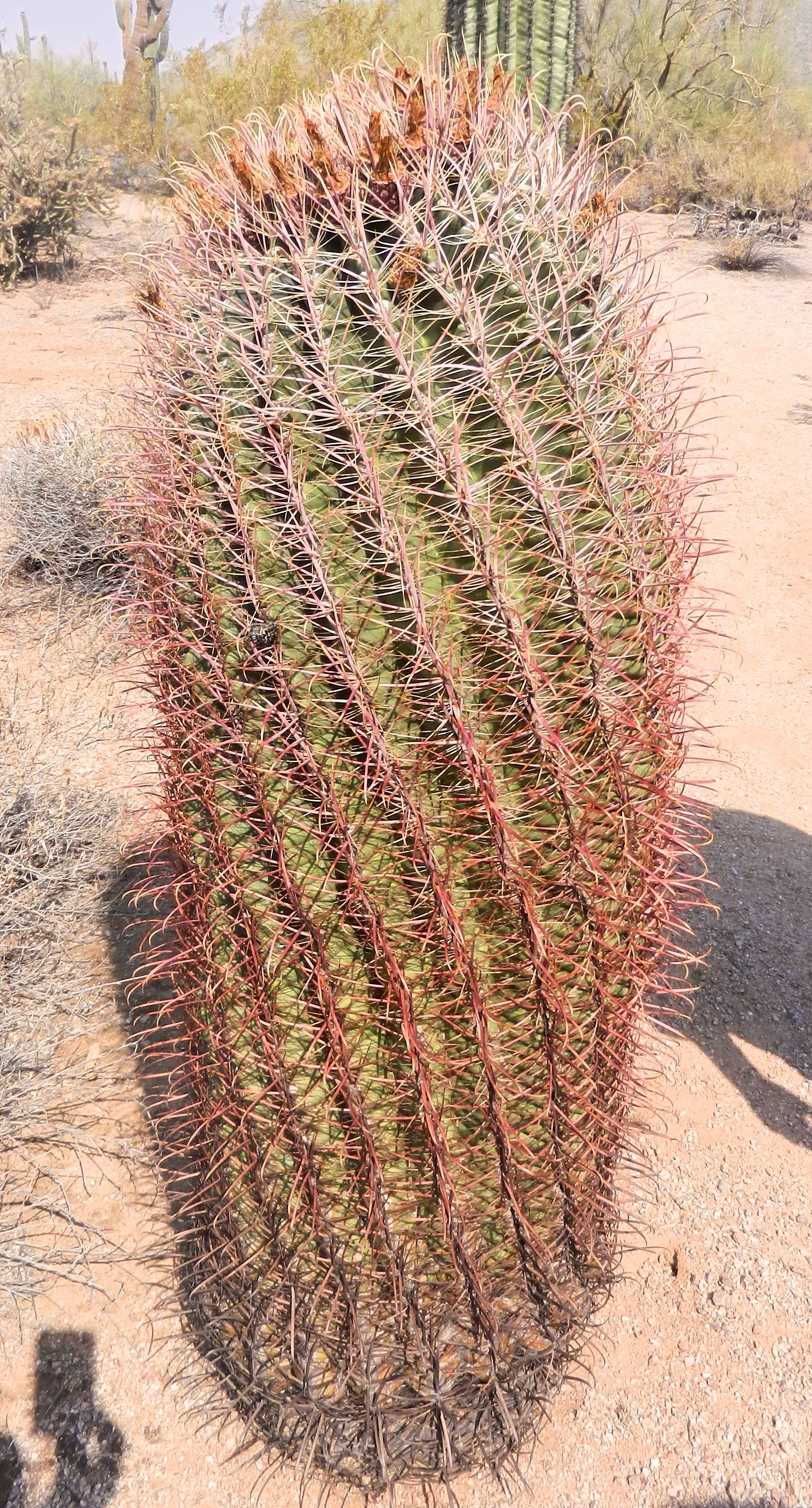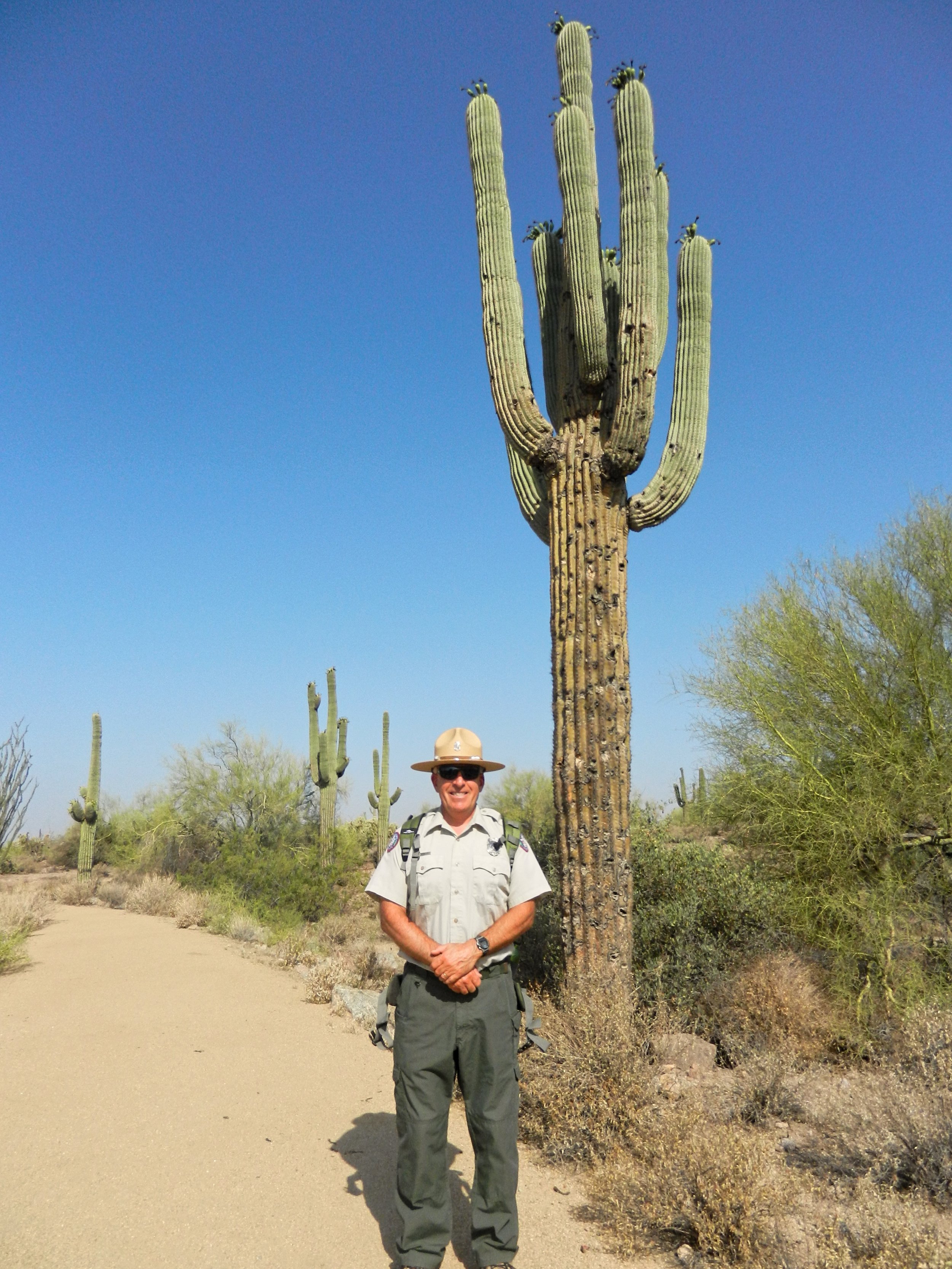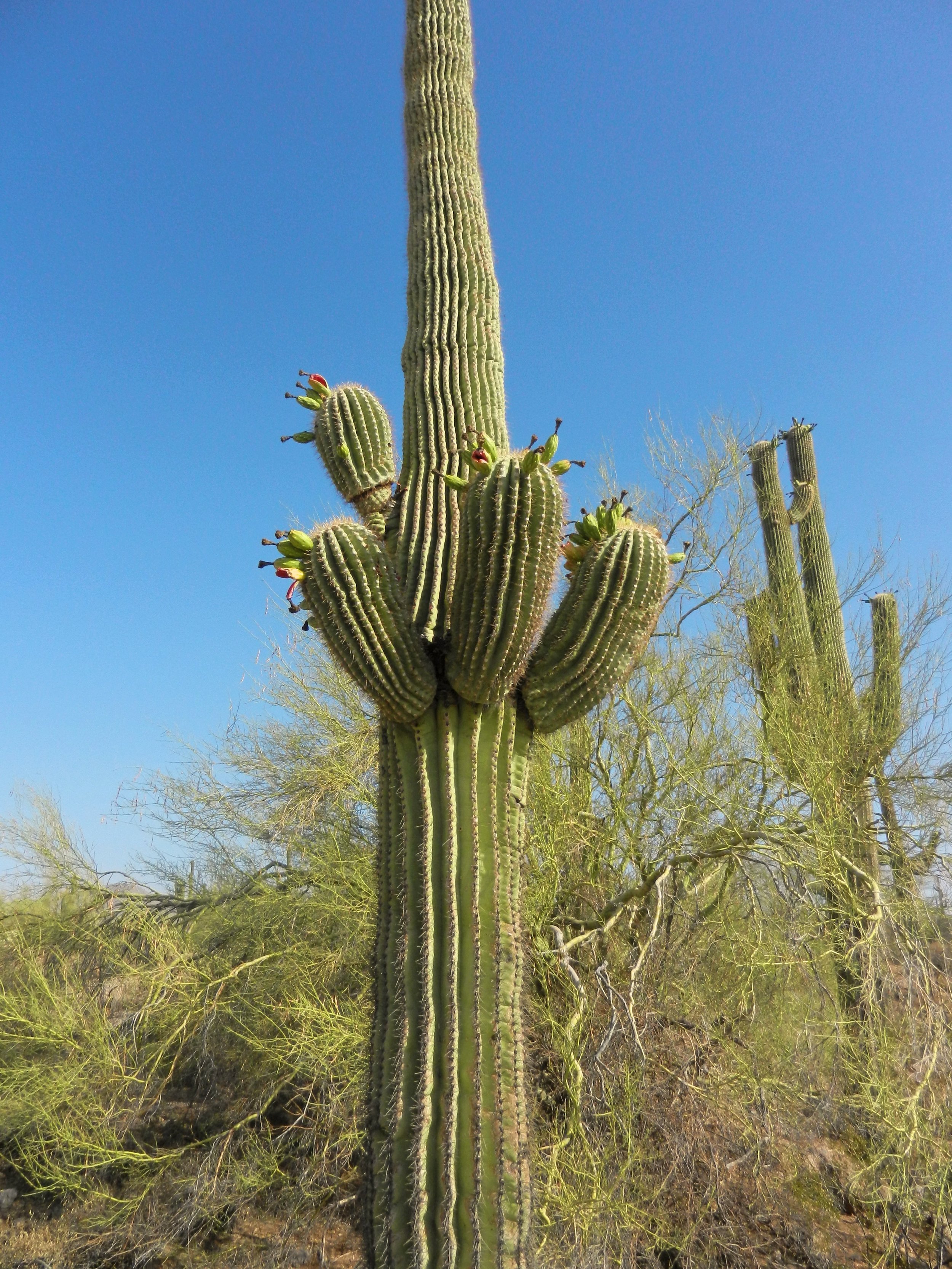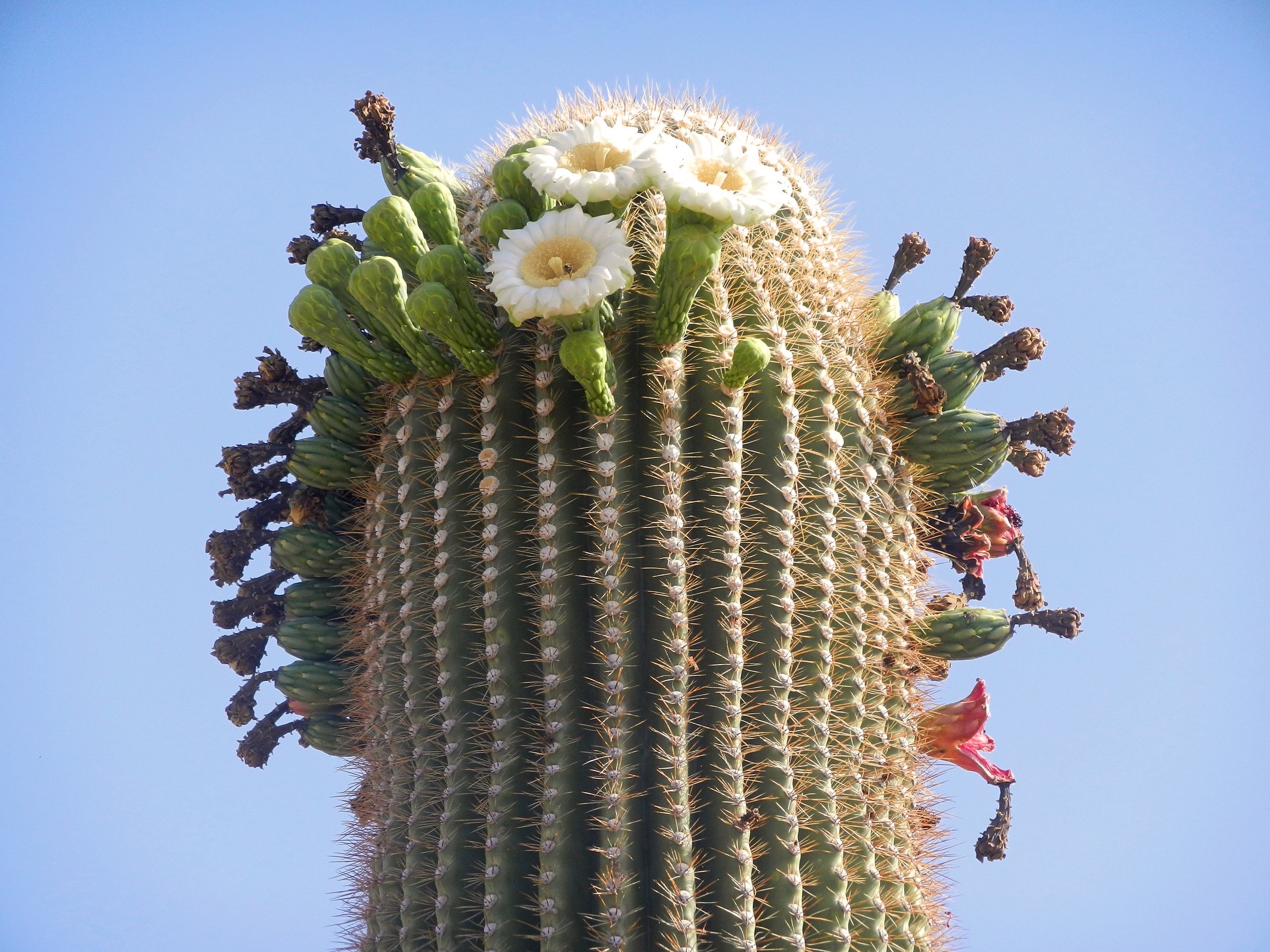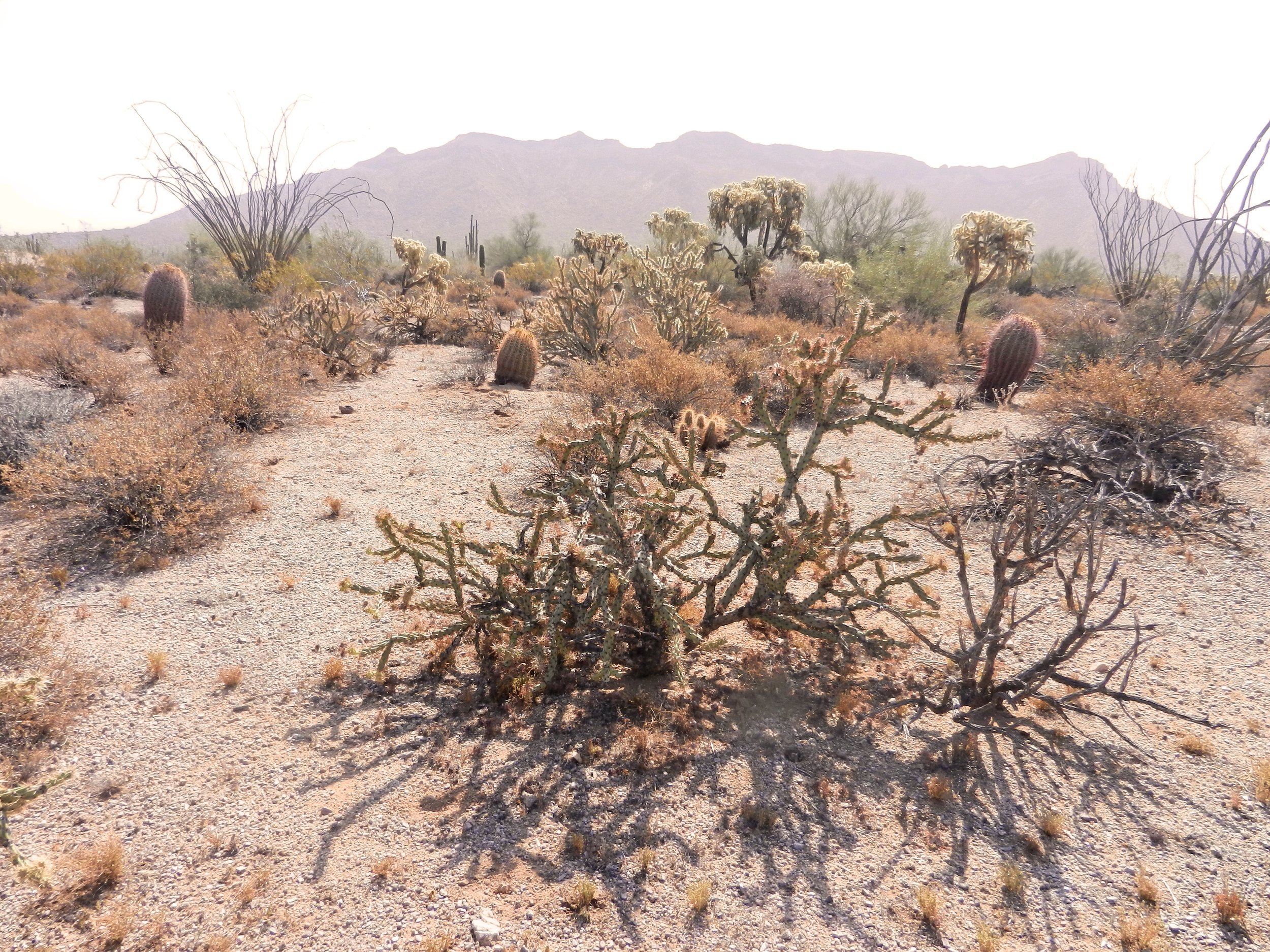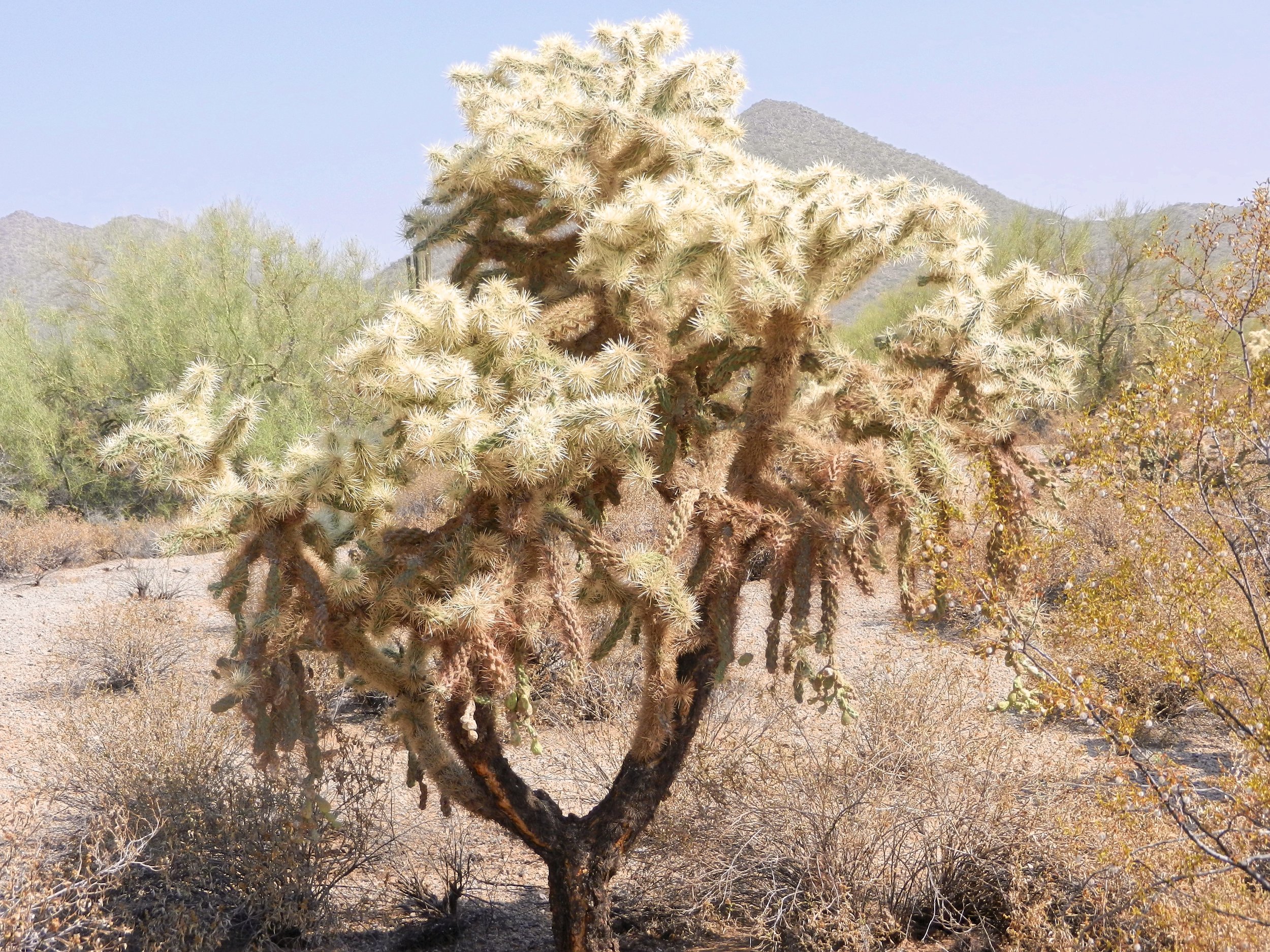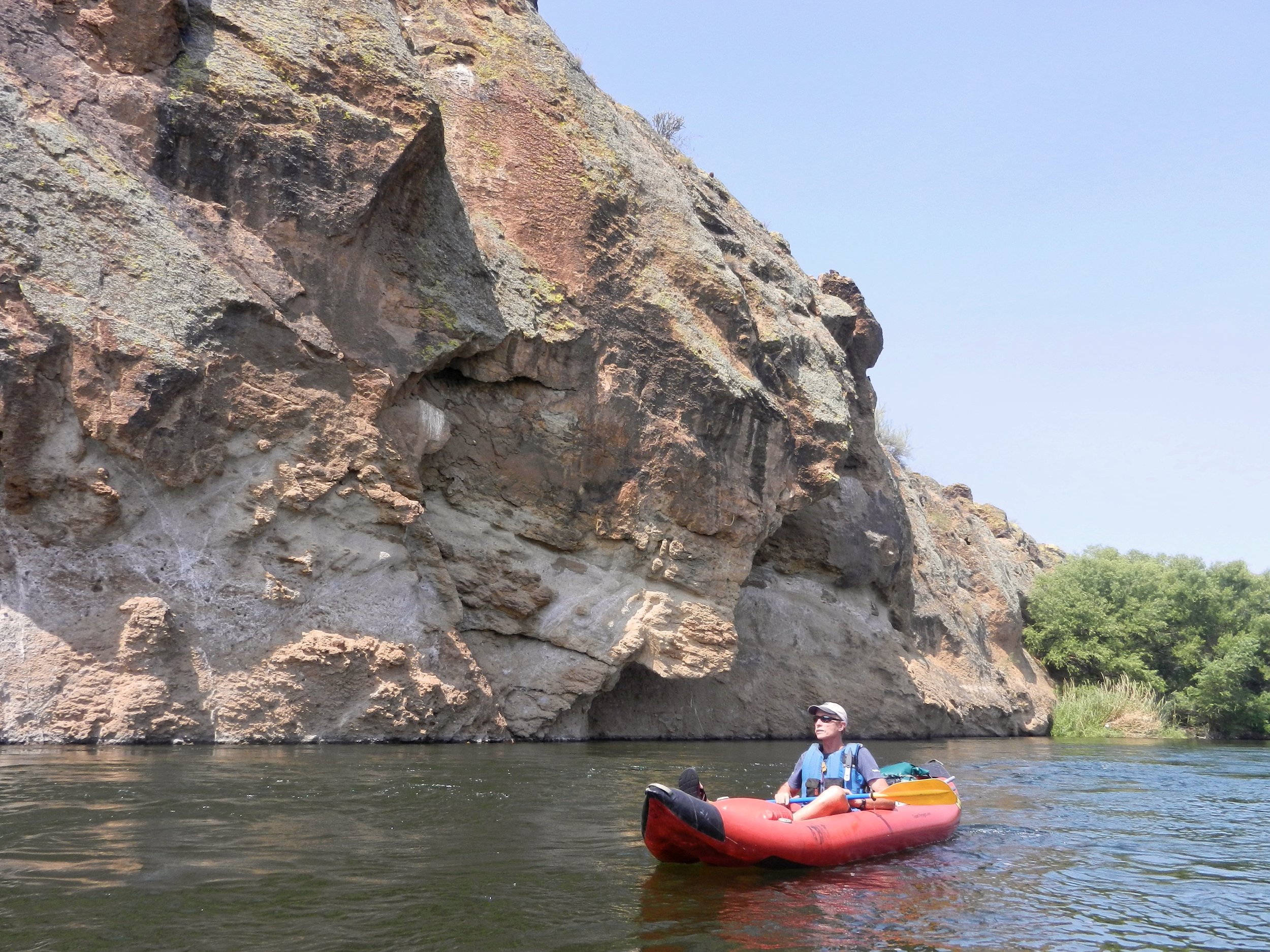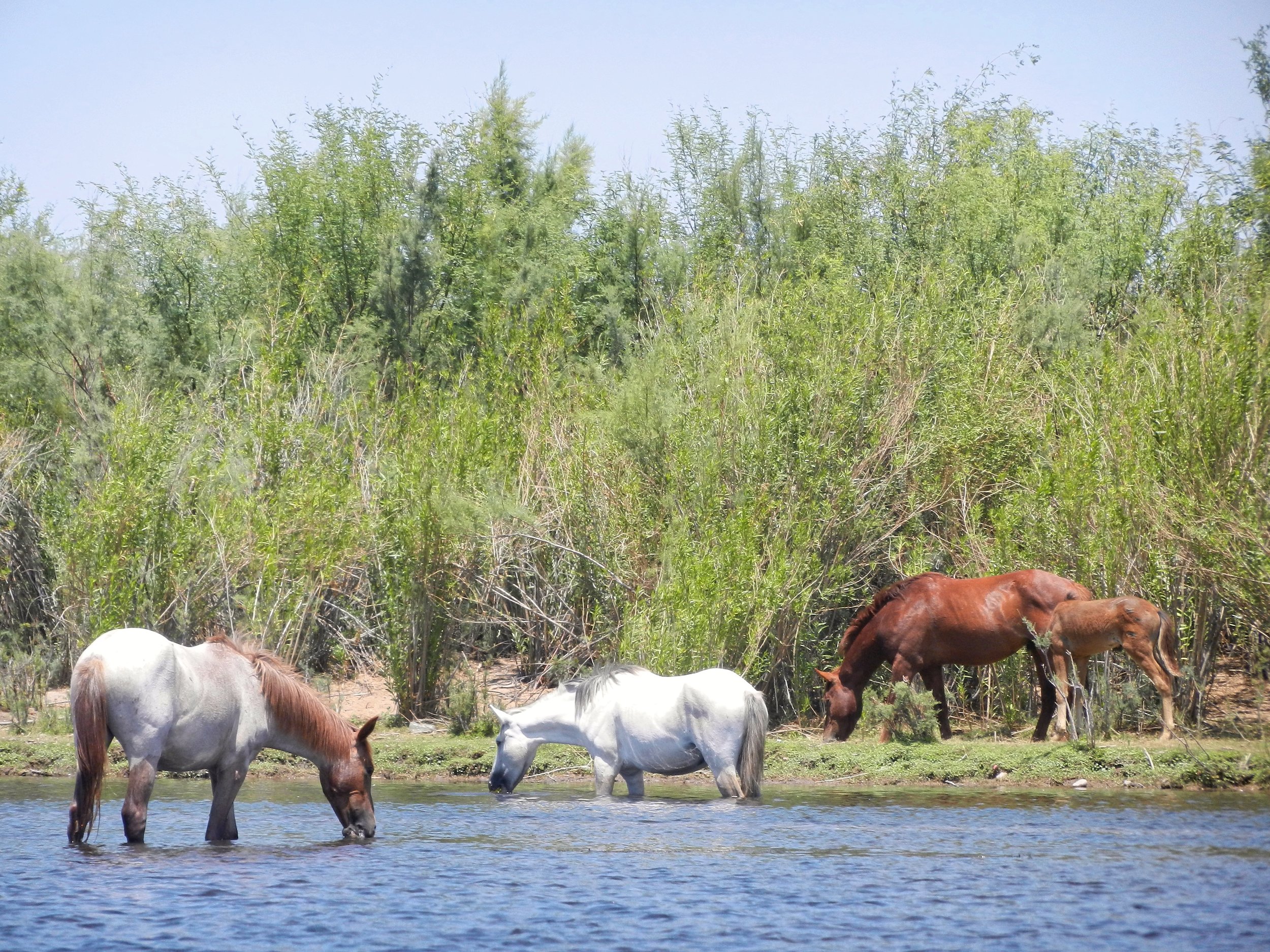Hiking and Kayaking in the Sonoran Desert, Arizona
[This blog post is from 2012.]
Hiking among the cacti in the Sonoran Desert makes sense, but kayaking? On my recent trip to Phoenix, I was able to do both on the same day.
Hiking in the Sonoran Desert
Equipped with two bottles of water, SPF 60 sunscreen and a brimmed hat, I hopped into the truck of Ranger B, who leads tours through the desert, at the Usery Mountain Regional Park’s nature centre. We headed southeast along the dusty road before getting out and onto the one-mile Merkle loop trail to see some of the wildlife up close. The trail is easy, flat and wheelchair accessible.
Native Americans have lived in this dehydrated expanse for thousands of years, eating the flowers. “People actually pre-date cacti here,” Ranger B told me, “people existed here before cactus even showed up. What you see now has developed since the last ice age – we’re talking 10,000 years ago.
“We have a few hundred species of plants that are edible in the Sonoran Desert. The cacti are just one. Much of what you see here is edible, believe it or not, although I know you’re not salivating right now.”
Although it was late in the season, I did see a few white flowers still perched on the arms of a saguaro cactus. Thankfully, I was not attacked by the pesky cholla or “jumping cactus”. They “jump” on fabric and skin and sink their needles in before you can brush them away.
Kayaking in the Sonoran Desert
From the thirsty desert, I made my way to the quenching Lower Salt River. A group of us booked a guide from Arizona Outback Adventures and my kayaking partner and I glided into the water in an inflatable kayak. The languid paddle downstream (the rapids and canyons are in the Upper Salt River) left lots of time to drift lazily with the current.
In 40+ degree celsius heat and mountain range views in all directions, I deserted my kayak for a bit and plunged into the water, my skin mopping up the water like a dishrag. Tickling it as I swam past, there were long reeds growing in the water. These are food for a band of wild horses that live in the area and frequently make their way to the river for a cool respite.
As we neared the spot where we had to veer off and return the kayaks, three mustangs and a foal came into view, chomping away at the reeds. Two were leg-deep in the river, barely lifting their heads up as we passed, while the other and her foal stayed closer to the bank.
Their laissez-faire attitude is exactly how I felt. And although most travellers prefer to go to Arizona outside of the hot summer months, I’m happy to wring out my constantly wet west coast self in the peak of the summer heat.
Book recommendations:* A Natural History of the Sonoran Desert, Sonoran Desert Food Plants: Edible Uses for the Desert's Wild Bounty, Sonoran Desert Plants: An Ecological Atlas and The Sonoran Desert: A Literary Field Guide.
* The above links are to Amazon and are for your reference. I receive a small referral fee if you buy from Amazon. But I encourage you to buy books from any retailer, ideally your local bookstore!

